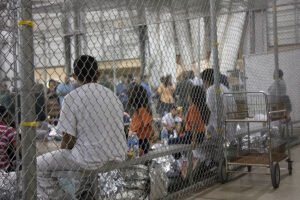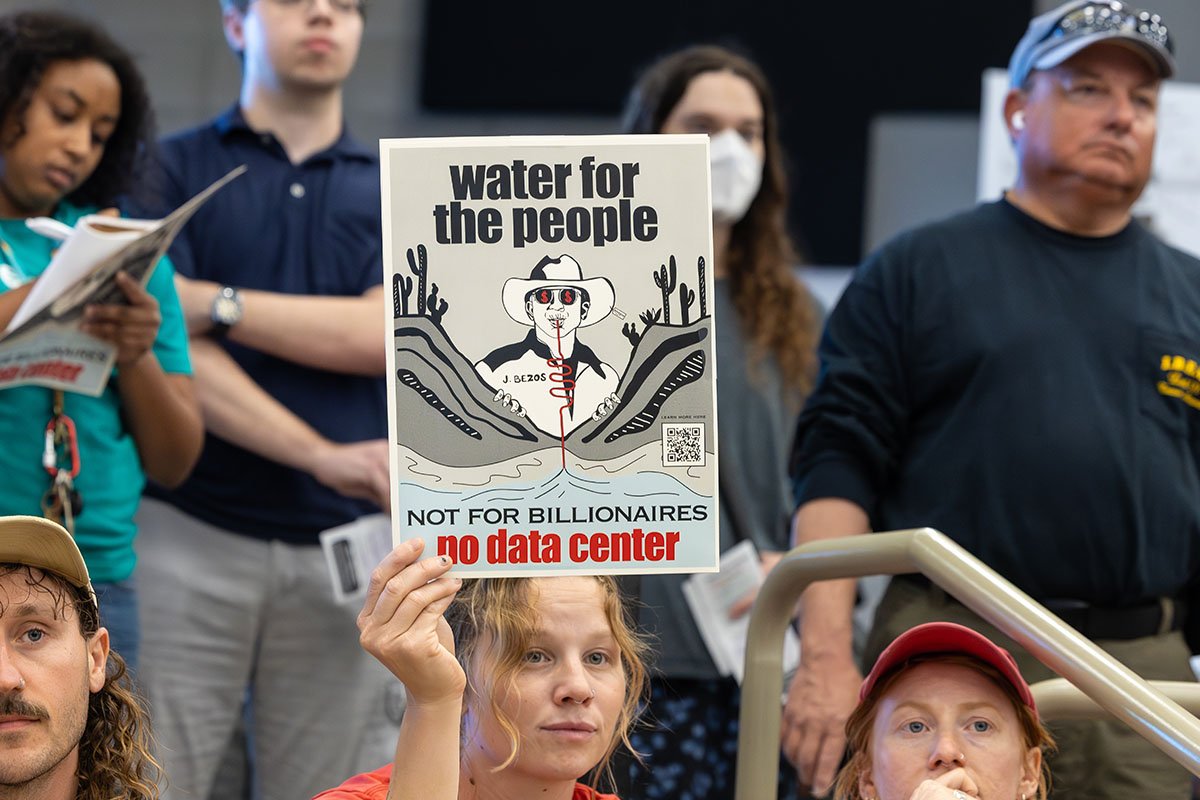
A three-year-old drowned in Colorado in a canal near his home. In Phoenix, a two-year-old drowned in a backyard pool. In New Orleans, a 15-year-old boy drowned after jumping into a lake to retrieve something. These are just a few of the child drowning deaths that occurred over the past month.
Although drowning is 100 percent preventable, children across the country continue to succumb to drowning deaths. As the Centers for Disease Control and Prevention (CDC) notes, drowning deaths are currently back on the rise after decades of decline. Yet one woman who knows what it is like to lose a child to drowning is fighting to ensure that no other child loses their life in a drowning death.
Pain into Power
“When you look at other preventable injuries like suicide or gun issues, drowning feels small in comparison, but the [data] collection is faulty.”
Retelling the story of her child’s drowning death is not easy to do, but Chezik Tsunoda understands that it’s necessary. After her three-year-old son, Yori, died by drowning in 2018, Tsunoda made it her mission to transform her pain into power by saving the lives of others. She founded No More Under, a Washington-based nonprofit that provides water safety education and advocates for equitable access to swimming lessons and resources.
Tsunoda started No More Under in part because she understands the importance of people hearing the stories of an impacted person who can speak directly about what they have experienced. She understands, for instance, that parents who lose their child in a drowning death often experience a great amount of shame—and Tsunoda is trying to break that stigma. She knows that by telling her story and sharing educational resources, she can help save lives.
In an interview with NPQ, Tsunoda said that she had her children in swimming lessons and thought she knew everything she was supposed to do to keep them safe in the water. After Yori’s death, she realized that there were things she just didn’t know. She didn’t realize how quick and quiet drowning deaths are and how often they occur.
Tsunoda shared that about 1,000 children die from drowning each year. Many other children—between 7,000 to 8,000 each year—have to visit the emergency room after experiencing a near drowning. Some of these children suffer from a traumatic brain injury as a result of nearly drowning. However, Tsunoda noted that these data are not accurately collected or reported.
“When you look at other preventable injuries like suicide or gun issues, drowning feels small in comparison, but the [data] collection is faulty,” she said. “We’re not talking about the children that have the traumatic brain injuries or a close call of parents pulling their children out, and we don’t even hear about it because there’s no emergency room visit.”
“Everybody knows to ‘stop, drop, and roll,’ but no one knows ‘reach, throw, don’t go.’”
Because she knows that child drownings, both fatal and nonfatal, are more common than reported, Tsunoda is working to prevent them up front. No More Under has a community engagement team that talks to people at events and shares information about the prevalence of drownings. The group is also intentional about offering swimming lessons, particularly to Black children and other children of color from underresourced families who experience drownings at a higher rate.
Sign up for our free newsletters
Subscribe to NPQ's newsletters to have our top stories delivered directly to your inbox.
By signing up, you agree to our privacy policy and terms of use, and to receive messages from NPQ and our partners.
In addition to providing education and swimming lessons, Tsunoda is also working to impact policies. She worked with Washington state representative April Berg to pass Yori’s Law, which calls for increased education and access to swimming lessons and other resources. As part of Yori’s Law, Washington also recently observed its first annual Water Safety Day on May 15.
The Push to Save More Lives
Tsunoda does not want to stop here. She wants to ensure that education policies are created to make swim training more accessible.
“Everybody knows to ‘stop, drop, and roll,’ but no one knows ‘reach, throw, don’t go.’ Those are our next goals—to really understand how we can incorporate water safety and drowning prevention in schools,” she said.
“I just understand that this didn’t have to happen, and I don’t want it to happen to anyone else.”
Later this year, No More Under will launch a program called the Swim Safely Series to address the shortage of school space, lifeguards, and instructors for swimming lessons. Through this program, No More Under will work with volunteer college swimmers who will train children using the college swimming pools.
During the pilot of this program, Tsunoda noticed several benefits. The college students were able to give back in a meaningful way and teach valuable skills that could ultimately save lives. Meanwhile, many of the children, in addition to learning how to swim, were able to visit a college campus for the first time. Tsunoda believes this is a scalable and replicable program that can be implemented nationwide.
Tsunoda shared that in addition to Washington, states like Hawaii and New York have passed laws to help prevent drowning rates in recent months. Many states have already begun to witness drowning deaths as the hotter months begin. In her work to save lives, she is joined by other families and loved ones who know what it is like to lose a child in this way. For her, this is triggering but necessary work.
“I think you really have to lean into the lives that you’re changing and potentially saving by doing the work—and that really is the motivation. I just understand that this didn’t have to happen, and I don’t want it to happen to anyone else,” she said.











